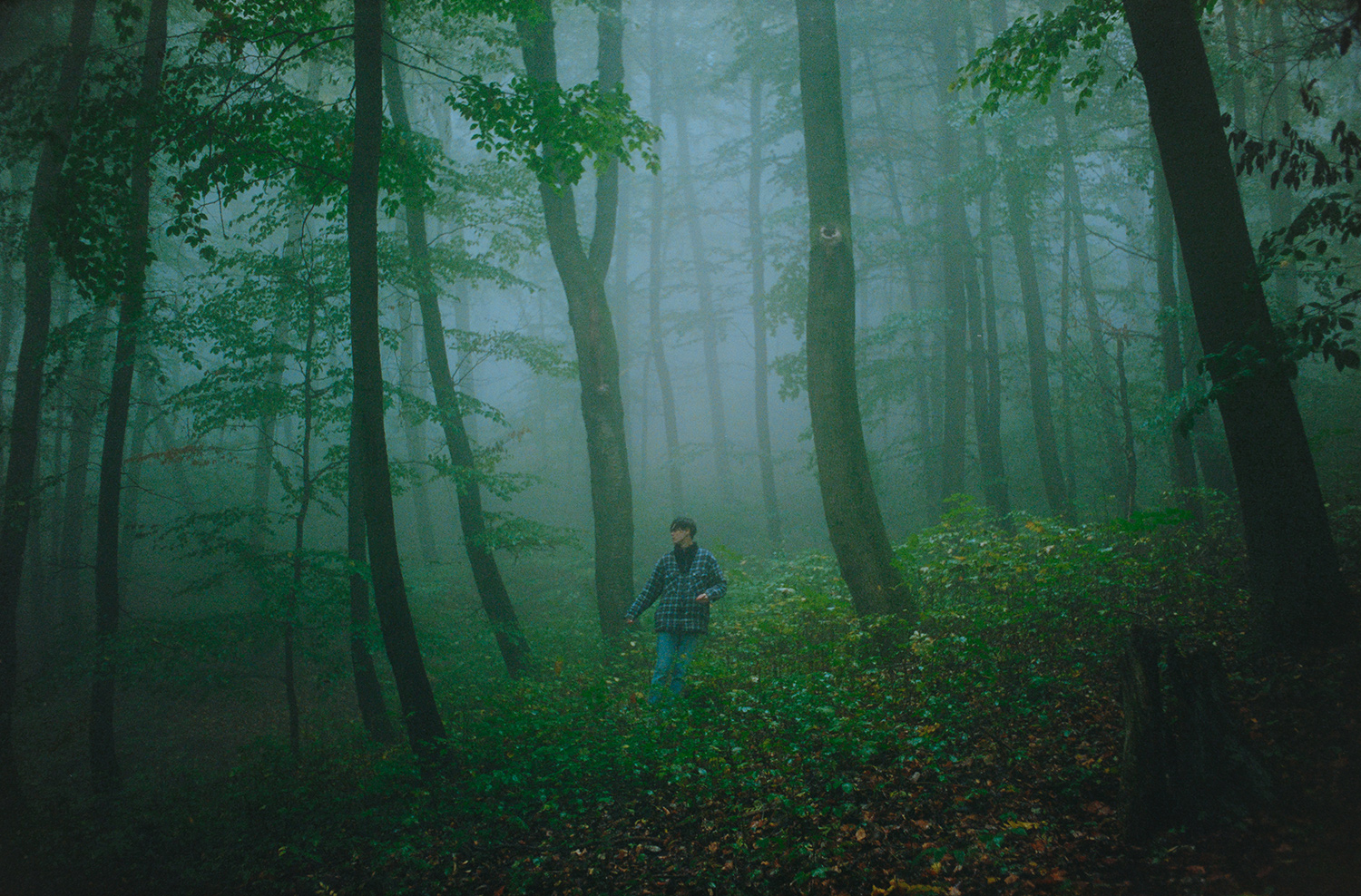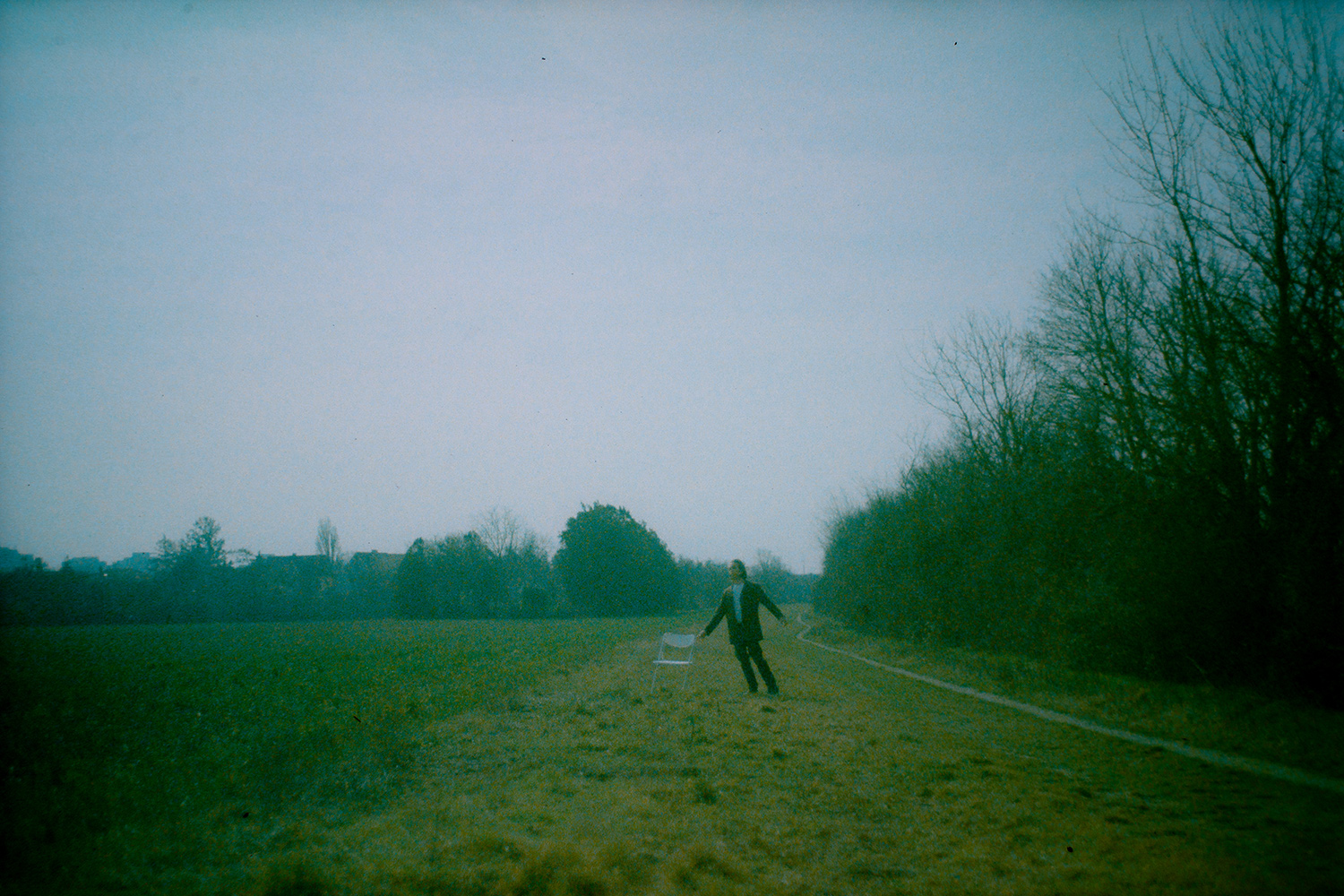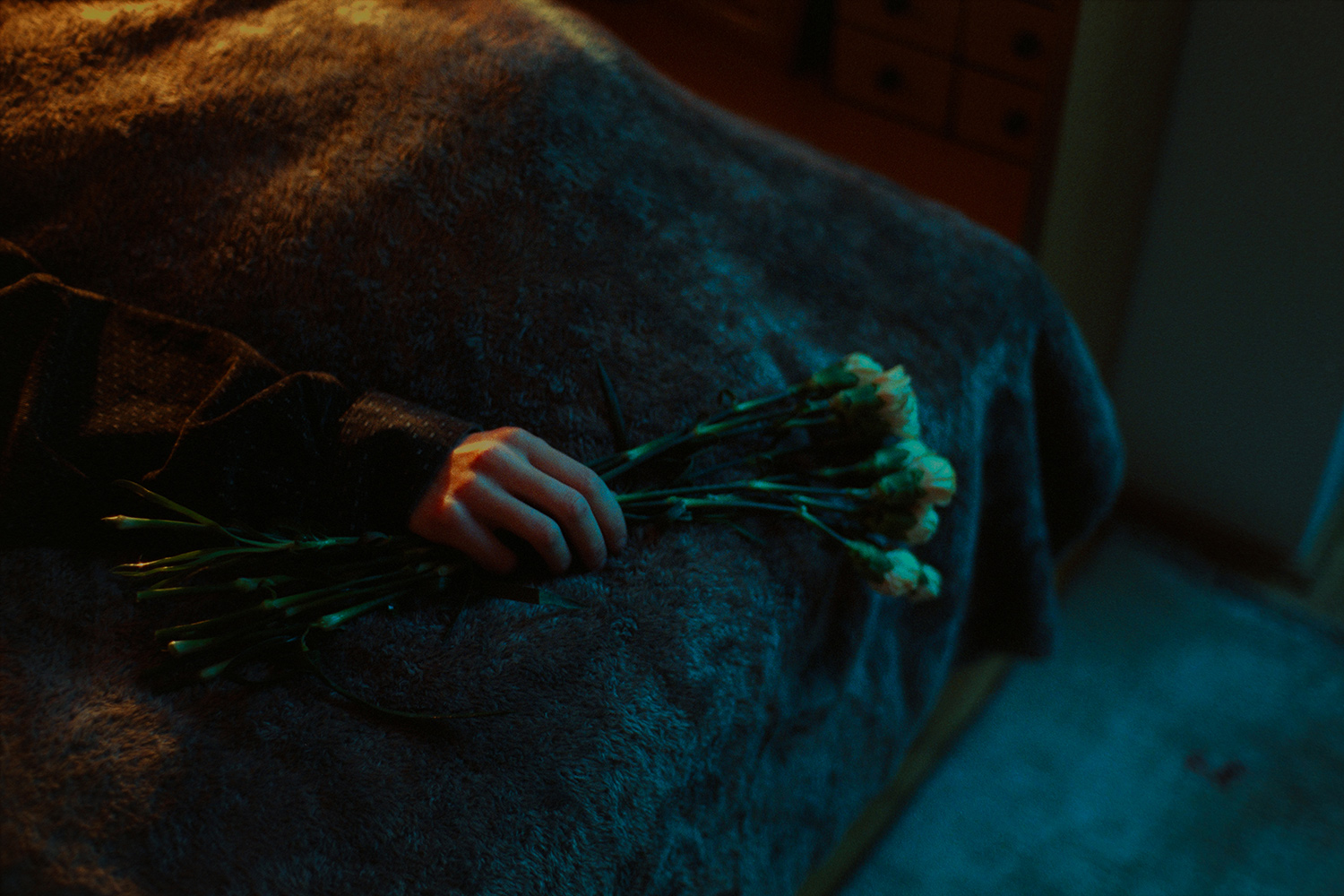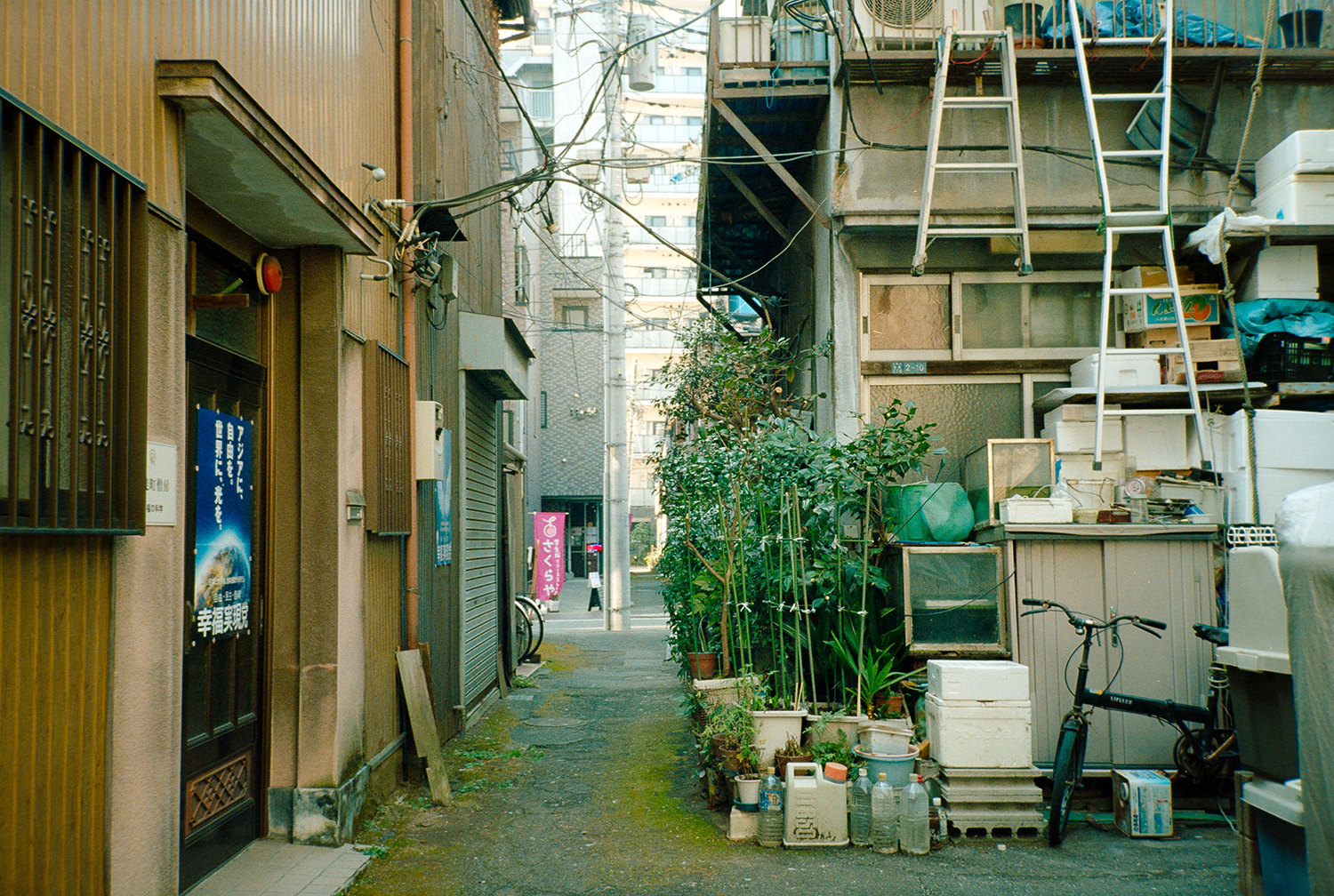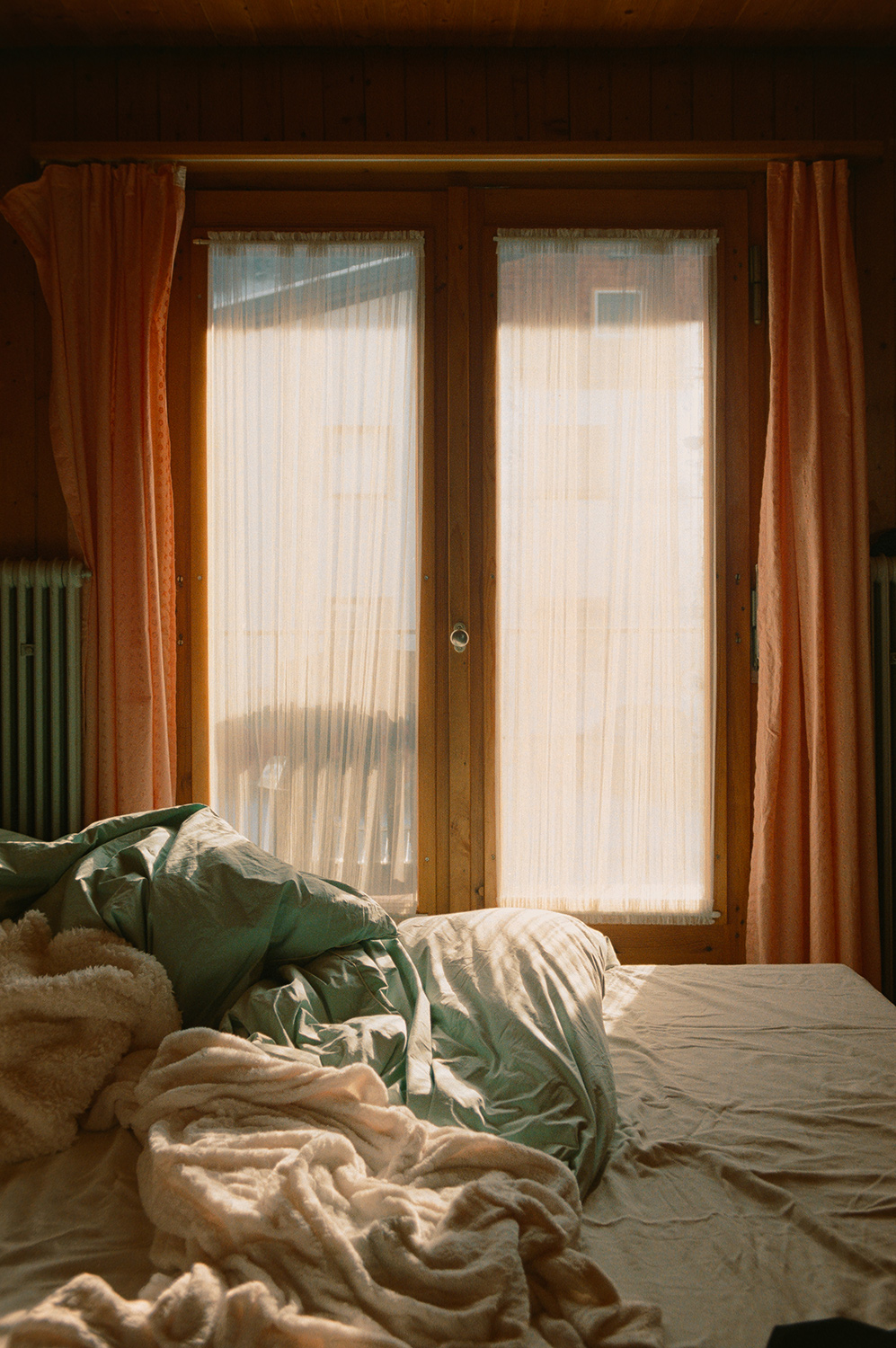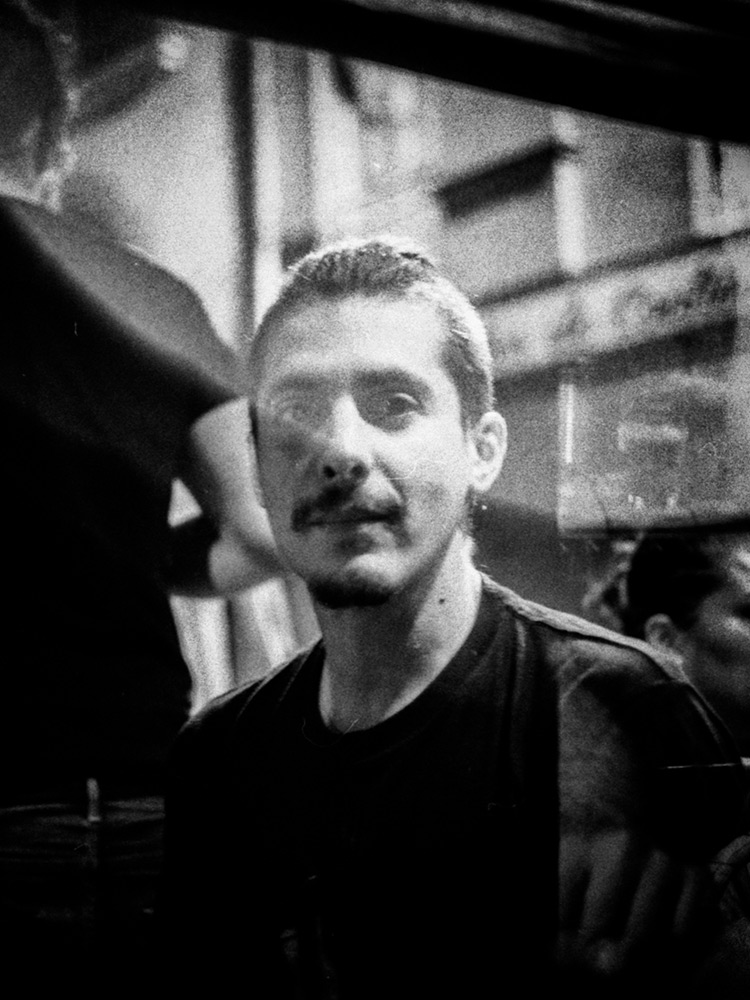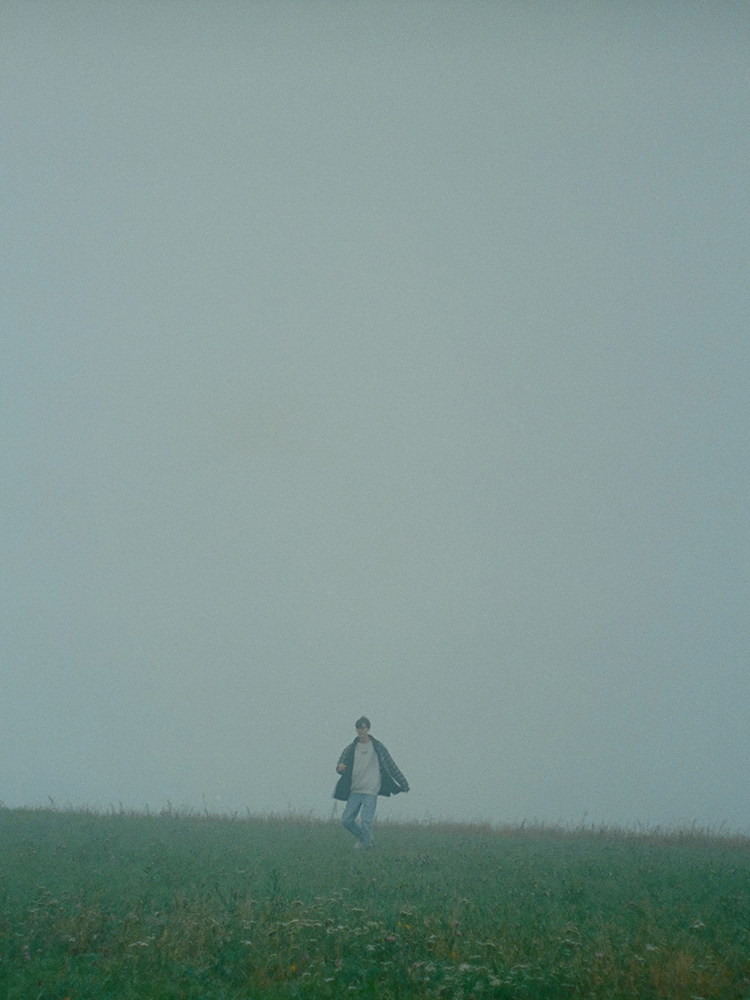
In conversation with
Teo Crawford
Vienna, Austria
Hi Teo, please introduce yourself.
Hello, my name is Teo. I grew up in Salzburg, Austria and lived and photographed in the small city until I moved to Vienna in the fall of 2022. I started getting interested in image manipulation in 2016 when I was young and later video production. It wasn’t until a little later that photography came along. Then in the fall of 2019 I started my film studies and during that it was that my love for photography actually solidified and in 2020 I finally ventured into my first role in film. I don’t really remember why. I think I was just inspired by a few YouTubers who were shooting analog, so I wanted to give it a try myself.
I’m more self-taught than learned, although I did take photography classes in my film studies. I love learning knowledge and skills from YouTube, so analog photography is no exception.
What does analog photography mean to you? What excites / fascinates you about it?
Analog photography is another medium for me to draw upon in my general love of image creation. Each image-creating medium creates a different approach to composition. For me, there are subjects that are a perfect match with analog photography and those for which I prefer to reach for the digital camera. I find especially for documentary work, be it simple documentation of life or depiction of a place, analog photography works well for me.
What attracts me to analog is the uncertain process and the feel. The feeling of putting a fresh roll in the camera is pretty unbeatable. But equally, I appreciate being able to snap a picture without having the option of looking at the result immediately. Plus, the physical just feels more real – like digital photography is more of a simulation in comparison. When I look at a negative strip, I can see in physical form how the light has burned into the material, which gives me great personal pleasure.
In your opinion, what are the advantages and disadvantages of analogue photography?
The biggest advantage I see is that it gives us creators another medium that can encourage us creatively. The disadvantage I see is the cost – although it brings a small advantage, because thus each image is associated with a certain cost threshold, which can lead to increased consideration of the image. However, the price increases of the last few years worry me, because this leads to the de-democratization of this fantastic medium, which I do not approve of. Everyone should have the means to shoot analog, but this is gradually becoming an impossibility.
Do you concentrate on a certain topic in your work?
Well, you could say that, I guess. I photograph everything that somehow strikes me personally as interesting or stage scenes that I imagine interesting. So it happens that my image collection consists of a mixture, which contain both simple documentary impressions of everyday life, as well as staged surrealistic scenes. Subjects that increasingly appear in my work include fog, nature, interesting light situations and impressions of human (consumer) behavior, such as house entrances, gardens or the homes of people from my circle.
Are there (analogue) photographers who have influenced your aesthetic and approach?
Of course! Especially for the nature and fog work, I would look to Todd Hido as a great role model. Especially in the documentary aspect, Andrew Phelps is also a significant photographer for me, whose classes I enjoyed in my studies. For surrealism I would mention Maria Lax, however I must clarify that I focus rather little on individual photographers and photographers and rather collect a broad spectrum of impressions from everywhere. The people I mentioned just came to mind as good examples.
Do you have certain cameras and films that you prefer to work with?
I love my Pentax K1000, my father’s old camera, which fortunately still works perfectly. However, I also enjoy shooting with the Olympus XA3 because it allows me to work faster, which offers new possibilities in certain situations. I use all kinds of films and don’t have such firm preferences, but I probably shoot Kodak Gold most often because Portra and co. are just too expensive.
Speaking of films: What does your workflow look like?
I have my films developed at a lab, but only order the negatives so I can scan the films myself at home. I use my digital camera with an old manual macro lens for this and convert the negatives with Negative Lab Pro in Lightroom.
What advice would you have for other photographers who are reading this interview?
Phew, just producing a piece of advice out of thin air is not so easy, haha. I’ll just share a thought I had the other day that I think is important: I got a comment on YouTube about a series of pictures that claimed I was wasting the part with my bad pictures. I don’t agree with that, though, because, in order to take good pictures, you have to take bad pictures first. Bad pictures are an inevitable part of the way to good pictures. That’s why the (actually not very good) pictures of that day were not a waste of the film, but a necessary step in the right direction.
If you publish your work on Instagram: curse or blessing?
If done thoughtfully, it’s a blessing, in my opinion. It took me a long time to find a format that worked for me personally, how to share my photography on Instagram. It wasn’t until I found it that I realized how important that find actually was. For me, Instagram is simply another form of engagement with my own images and therefore a form of self-reflection.
For not so long, I’ve been posting my work in carousel form (I think that’s what Instagram calls the format.). This means that one post contains multiple images – I usually limit myself to five. This takes the weight out of each image and therefore the pressure off me, because otherwise I would get the feeling that yes, a single image is so good from my point of view that I want to share it. But by having five images in one post, it gives it a more relaxed feel for me. In addition, I describe each image numbered in the caption. Mostly I just write there when or in what situation the picture was taken and possibly even what I like about it. So the process of sharing becomes for me a form of reflection on the images.
Which 3 photo books can you recommend / should you definitely own?
I have just five, so I can’t speak from such a large collection. Therefore I mention only one, which is my favorite, namely “Some kind of heavenly fire” by Maria Lax. As I mentioned before, Maria Lax inspires me in the field of surrealistic photography. This book is a surrealist take on a documentary work in which she deals with alleged UFO sightings in a small Finnish town.
Thank you so much for your time!
Favorites
Pentax K1000, Olympus XA3
Kodak Gold 200, Lomography Colour Negative 800
Color & B/W
